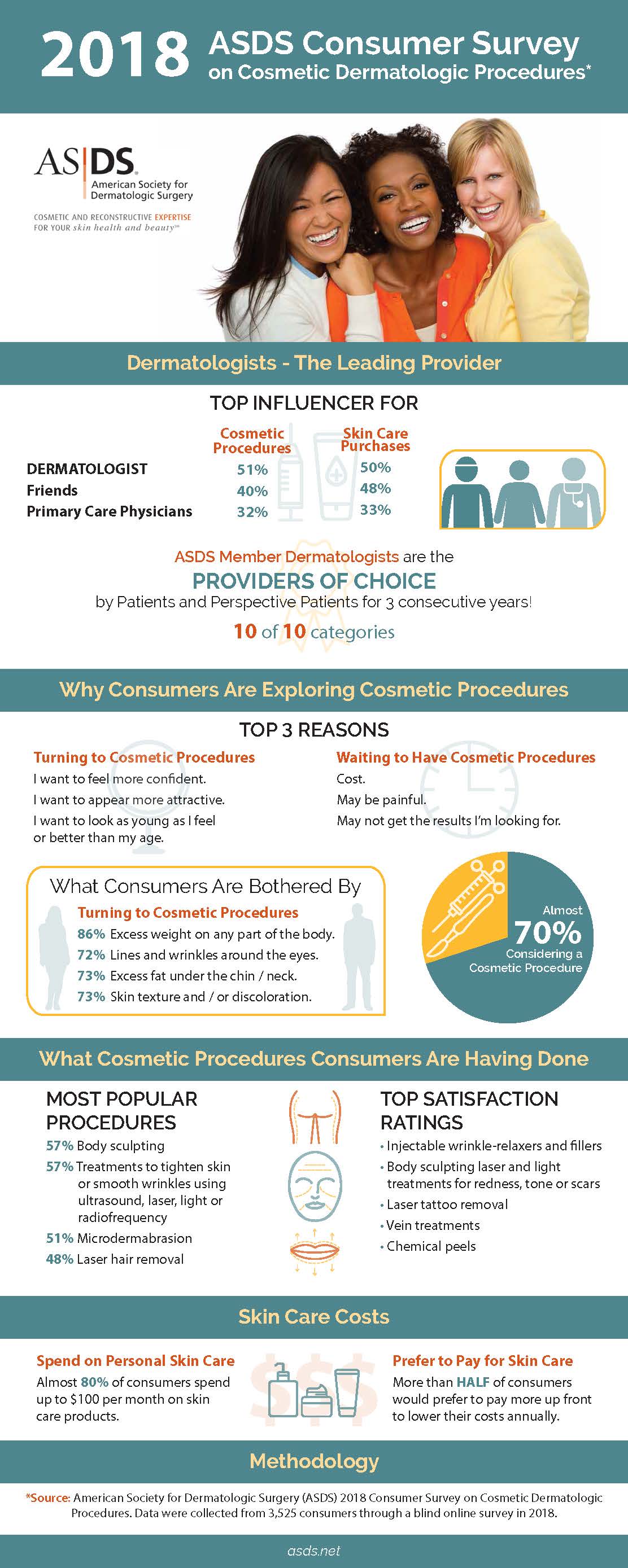Acne Scar Treatments That Work
Acne Scar Treatments That Work
Blog Article
Root causes of Acne on Cheeks
Acne outbreaks in the cheek area are set off by many points, from touching your face often to not changing your pillow case typically enough. Picking at imperfections enhances your risk of infection and scarring, and particular medications can get worse dark areas (postinflammatory hyperpigmentation).
Fortunately, there are many ways to stop and deal with cheek acne. These consist of:
1. Hormone Adjustments
Acne is mainly triggered by hormonal agents, particularly those created during adolescence and pregnancy. For some, a family history of acne may also contribute to their condition. Anything that clogs pores, such as oil-based skin treatment items or ceraceous hair items, can activate acne. Different topical treatments, like benzoyl peroxide and salicylic acid, can fight bacteria and unclog pores. Those with extreme or persistent acne must look for treatment from their medical professional.
Stay clear of touching or pressing your acne, as this can press a few of the bacteria deeper into the skin, leading to an extra extreme outbreak. It is likewise essential to alter pillowcases routinely and use tidy make-up brushes. You must also try to avoid toxic irritants such as rubbing from using a helmet or tight collar.
2. Diet regimen
The oily, sugary foods that many people think trigger acne might really refrain from doing so. As a matter of fact, studies have actually revealed that eating a diet abundant in entire, nutrient-dense foods assists to prevent breakouts.
Foods high in the glycemic index (such as white bread, corn flakes, blew rice and potatoes, doughnuts and various other pastries) elevate blood sugar level degrees rapidly, and this can increase hormonal agents that improve oil production and lead to acne.
Consuming alcohol cow's milk has actually also been linked to raised acne outbreaks. If you are a regular cow's milk enthusiast, you may wish to try changing to low-fat or nondairy options that are fortified with calcium. On top of that, consuming more water can aid to minimize acne since it helps to maintain the skin hydrated.
3. Excess Oil
While oil is vital for healthy and balanced skin, it can end up being a problem when way too much sebum combines with dead skin cells and blocks pores. This mix can create blackheads, whiteheads and acnes. The clogged pore wall surface can break down and spill germs, dead skin cells and sebum into bordering skin. This leads to a red bump known as an acne. In some cases these red bumps have pus in the facility from a microbial infection. Larger contaminated laser hair removal bumps that look like acne are called cysts.
There are many points that can cause excess sebum and clogged up pores, including hormonal agent changes, diet and day-to-day practices. Some instances include touching the face frequently, relaxing your hand on your cheek, using filthy makeup brushes and not transforming pillowcases consistently.
4. Anxiety
If you're handling pain pimples or a variety of blackheads and whiteheads, it may be time to talk with a dermatologist. They can advise an effective therapy that suits your skin kind. Practicing leisure and stress-reduction techniques additionally helps.
Acne can take place in the cheeks due to rubbing and pressure, such as when a person touches their face regularly or uses a hat or sporting activities helmet that scrubs versus the skin. It can also show up where greasy cosmetics and creams rub against the skin.
Stay clear of squeezing acne, as this can press infected product deeper into the skin and cause scarring. Instead, see a physician to learn about preventative treatments like drug, skin treatment products and way of life changes. Eating a healthy and balanced diet of entire foods, getting seven to 9 hours of sleep and utilizing noncomedogenic make-up and skincare items can all help reduce acne breakouts.
5. Hair Products
Hair items are not generally taken a cause of breakouts, yet they can contribute to acne on the cheeks in some people. Pomade acne, which is identified by small shut comedones and papulopustules, is generally caused by using oily hair items that contain comedogenic components such as particular oils and acetylated lanolin.
Choosing hair items that do not include these possibly comedogenic active ingredients is an essential action towards minimizing outbreaks. Additionally, ensuring that hair products aren't being available in contact with the skin can aid prevent breakouts. For instance, putting on a scarf or bonnet during the night can restrict hair-to-face contact and minimize the chance that leave-in hair products will abrade onto the face.
Along with making use of a non-comedogenic moisturizer and washing with an acne face laundry, various other helpful techniques consist of: